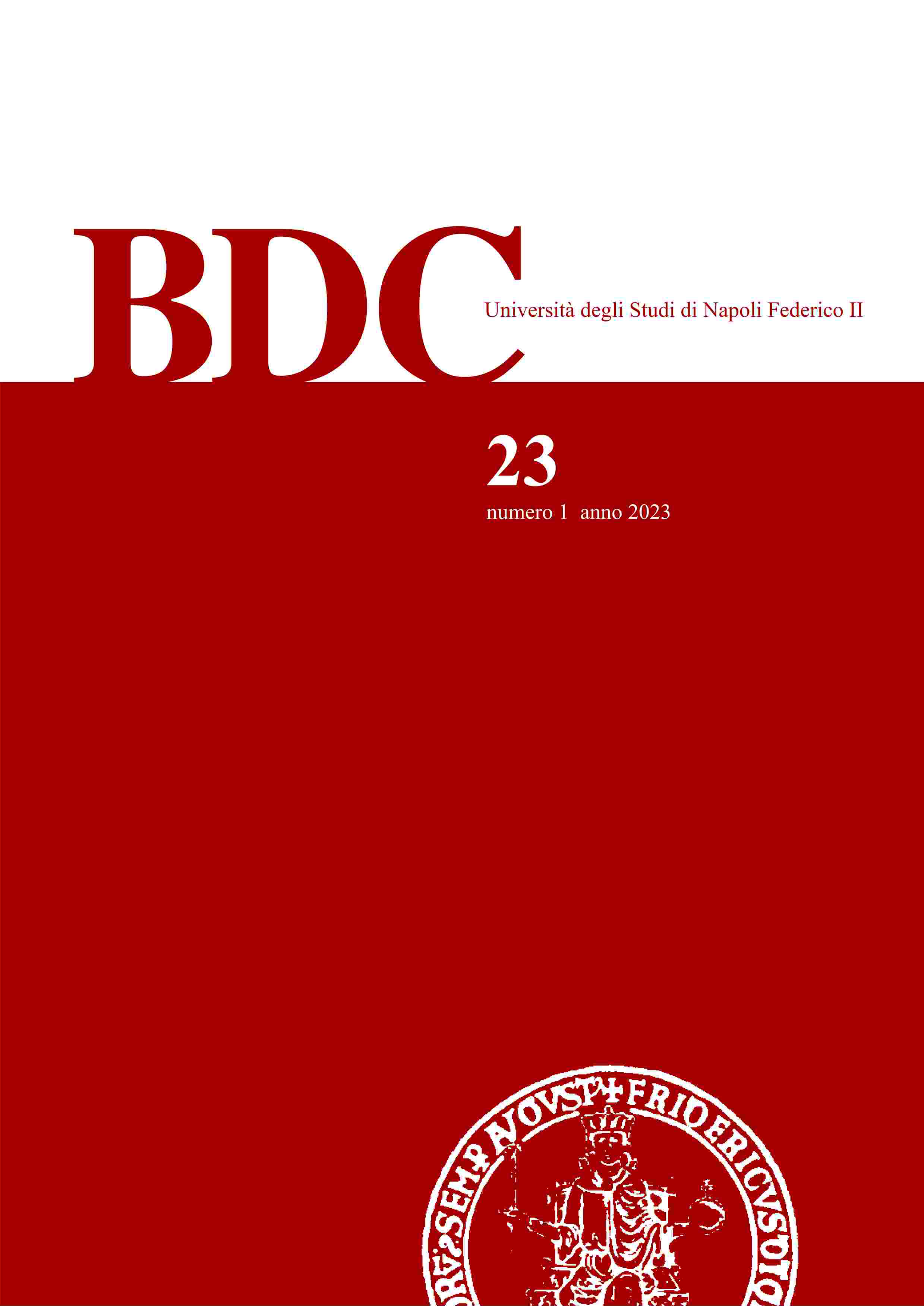Illegal settlements. An intervention model for integration into the urban plan
DOI:
https://doi.org/10.6093/2284-4732/10484Abstract
Illegal construction has often been the practice of large sections of the population falling within different geopolitical and economic frameworks. This has had a strong impact on landscape-environmental values, leading to disorderly and irrational urban development. The specificity of the different settlements makes it necessary to analyze the forgivable/to be demolished dichotomy, measuring the degree of habitability, the quality of the public space, the efficiency of the services present. It is necessary to adopt new tools that allow to support the legislator and the political and technical decision-maker in identifying the "destiny" of these properties. At present, a great urban recovery and redevelopment effort is required, in contexts generally lacking even primary urbanizations, taking the opportunity to increase the urban facilities at the service of the community for the purpose of raising the overall settlement quality. An intervention model is therefore proposed which has as its objective the identification and delimitation of an illegal settlement and the consequent recovery project of the same through the application to a case study.
Keywords: illegal settlement, unplanned settlement, settlement recovery, integration into the urban plan

